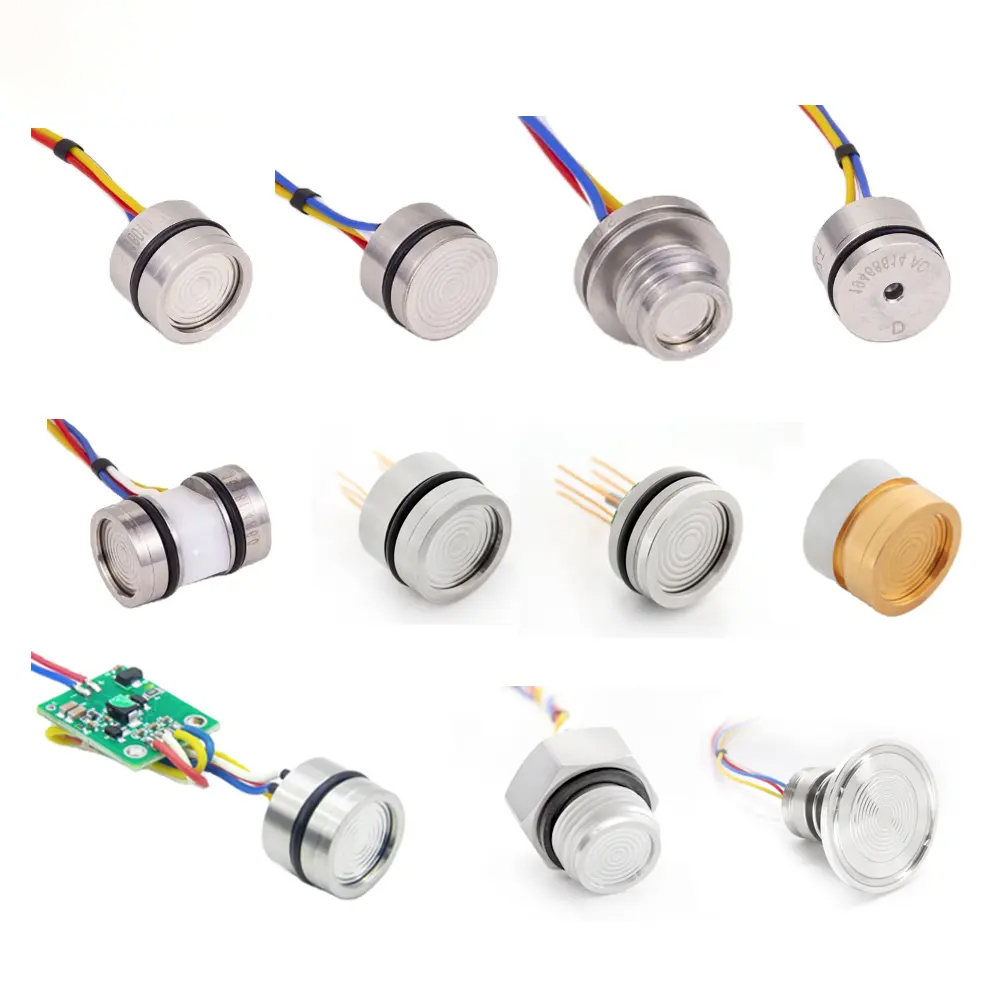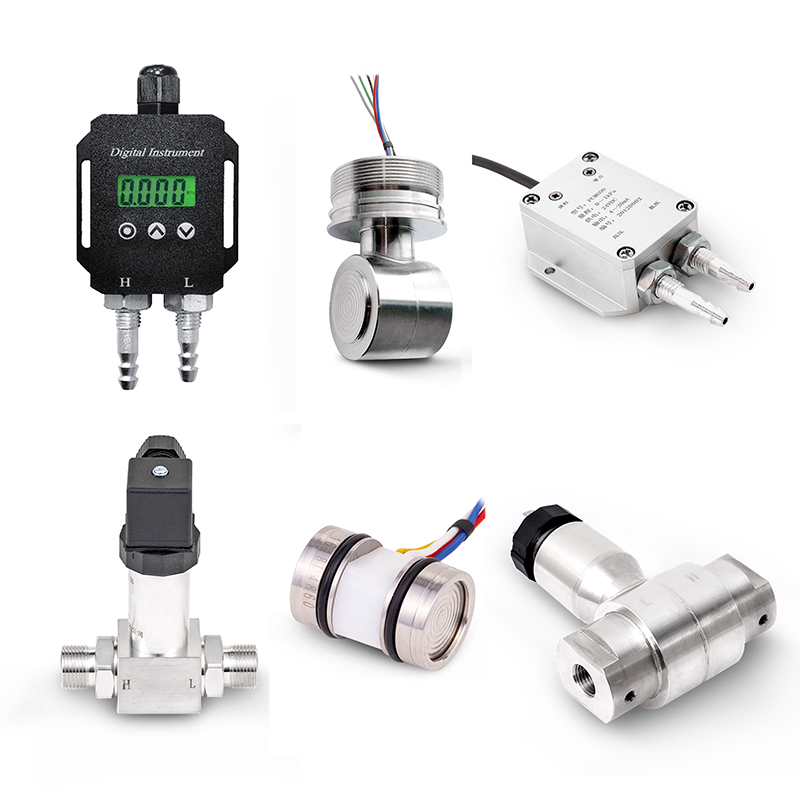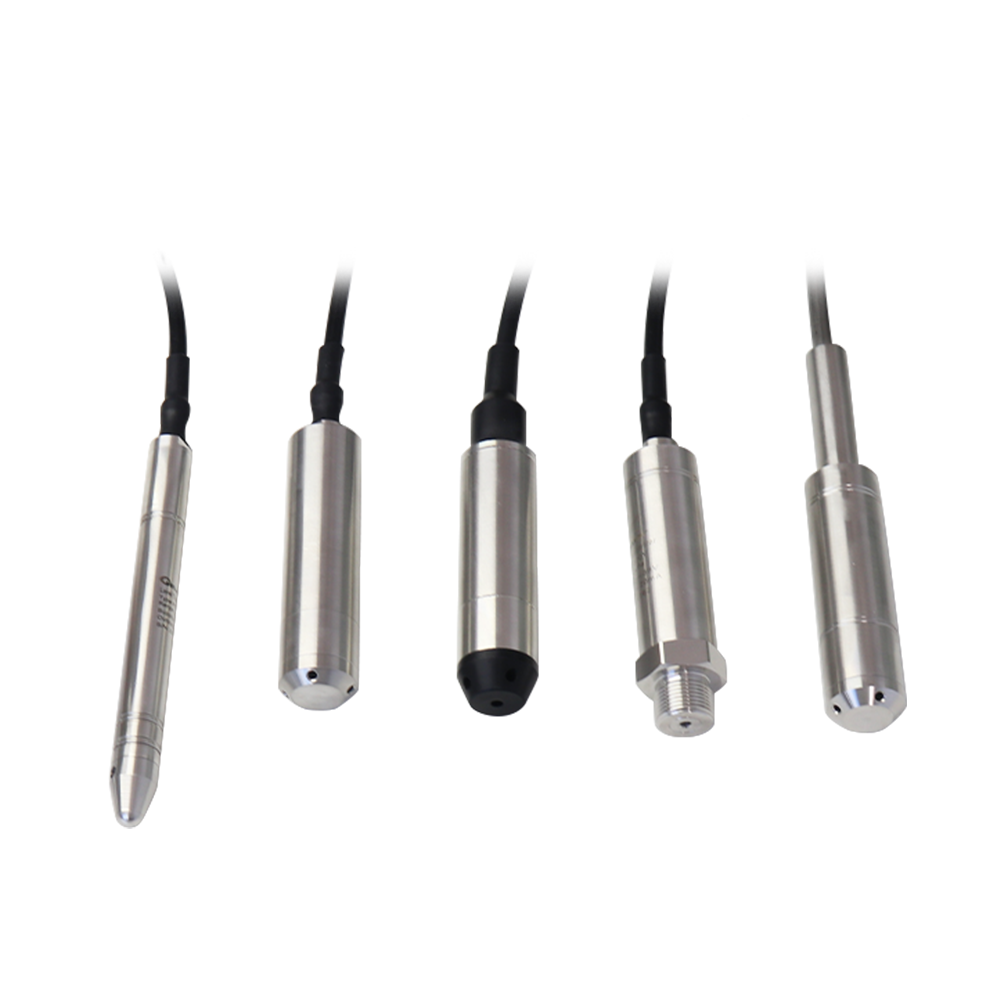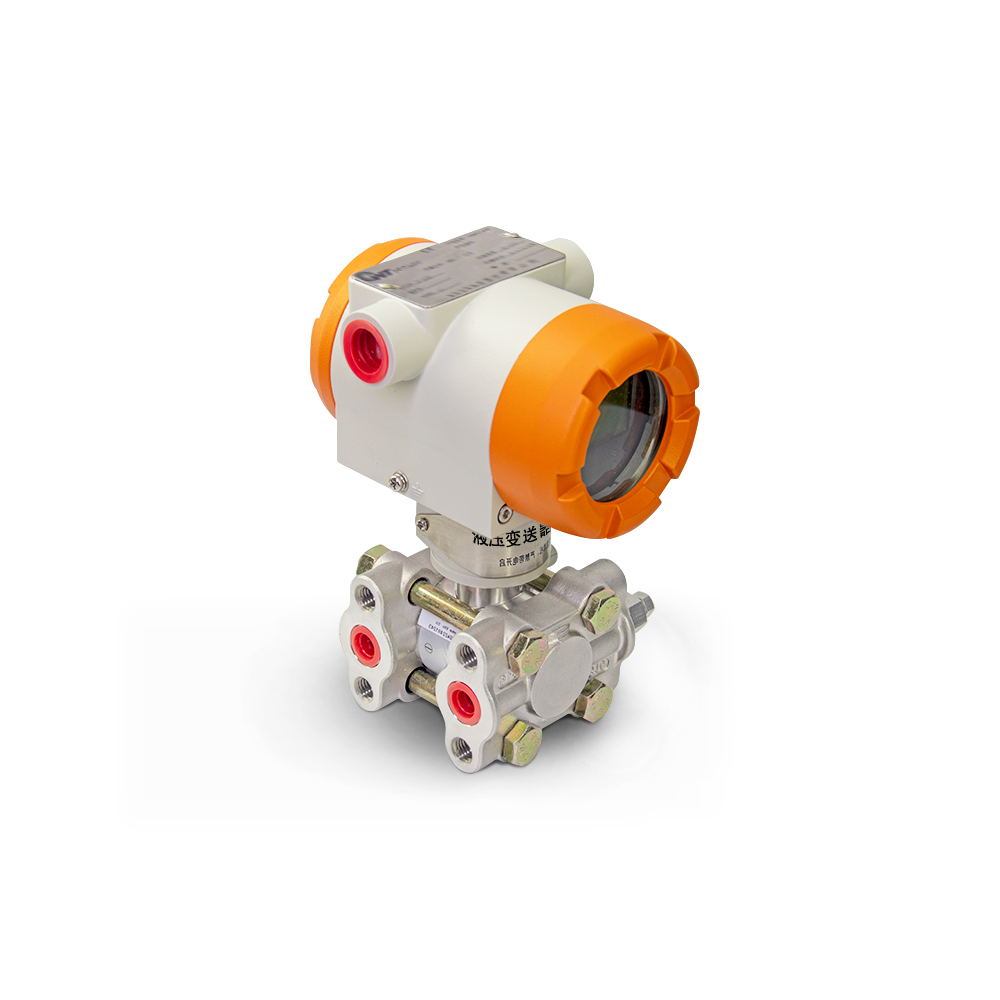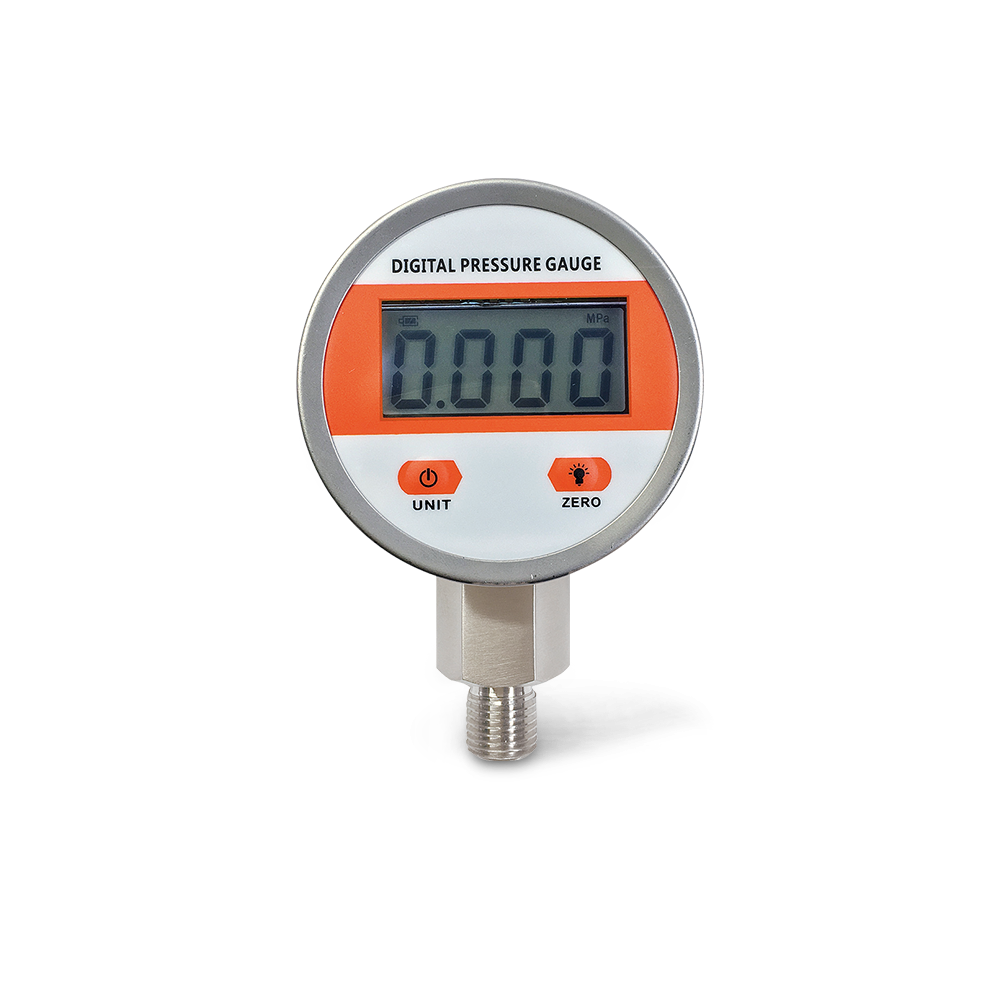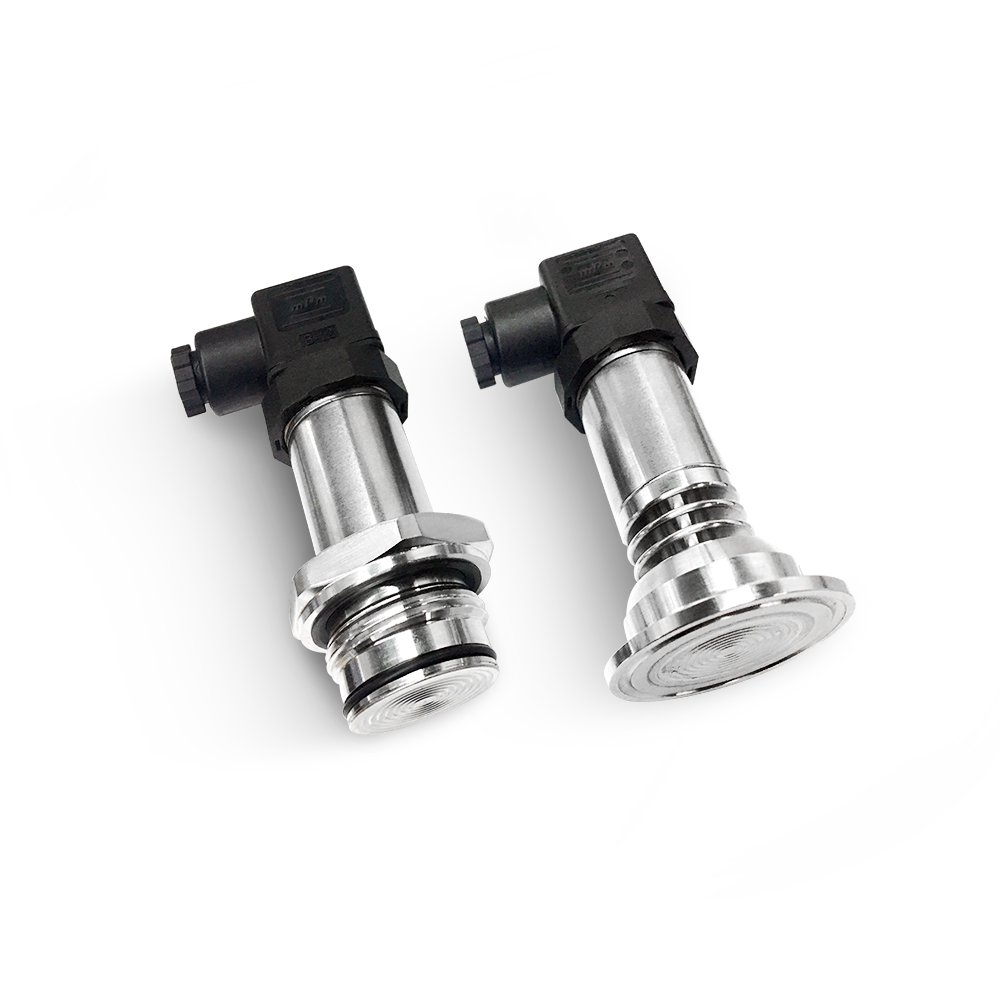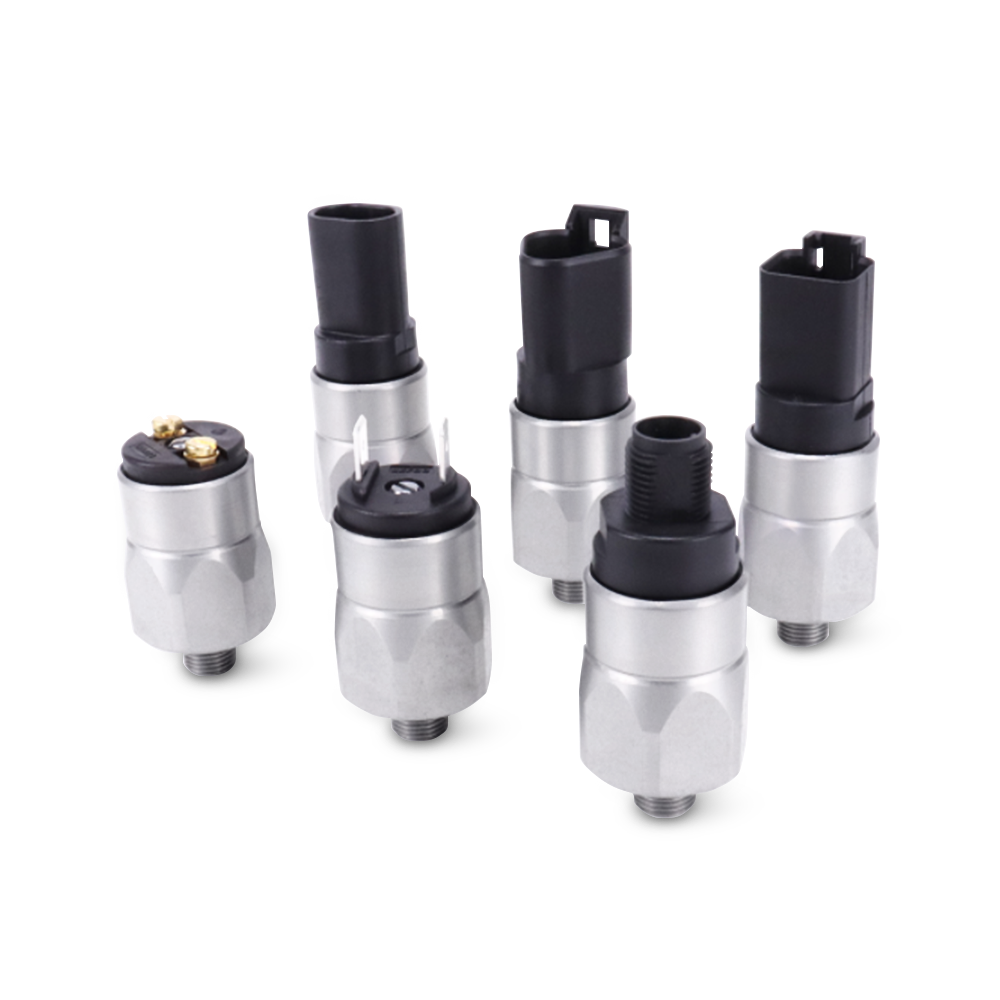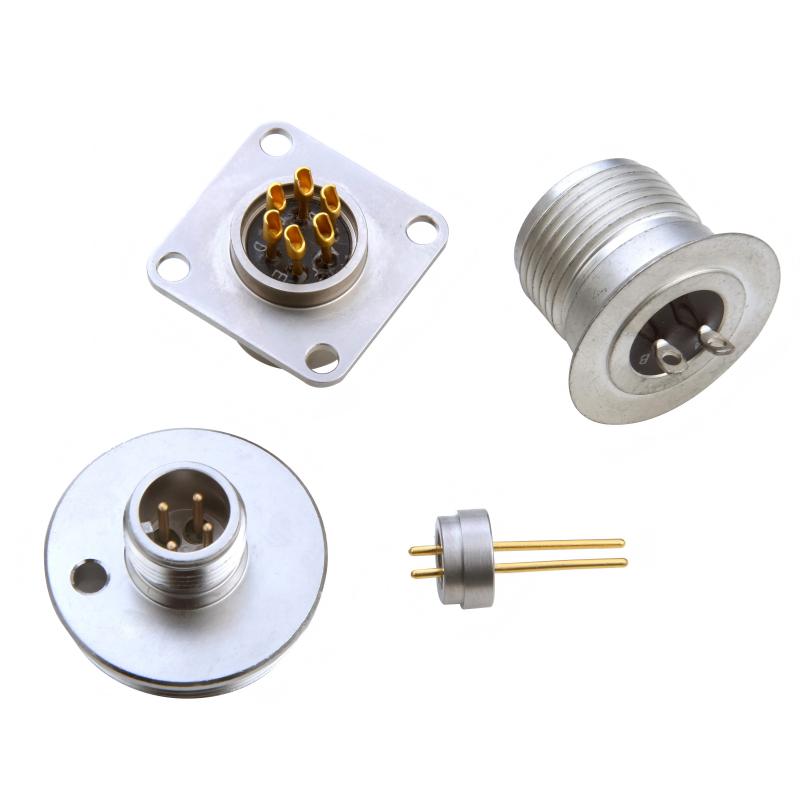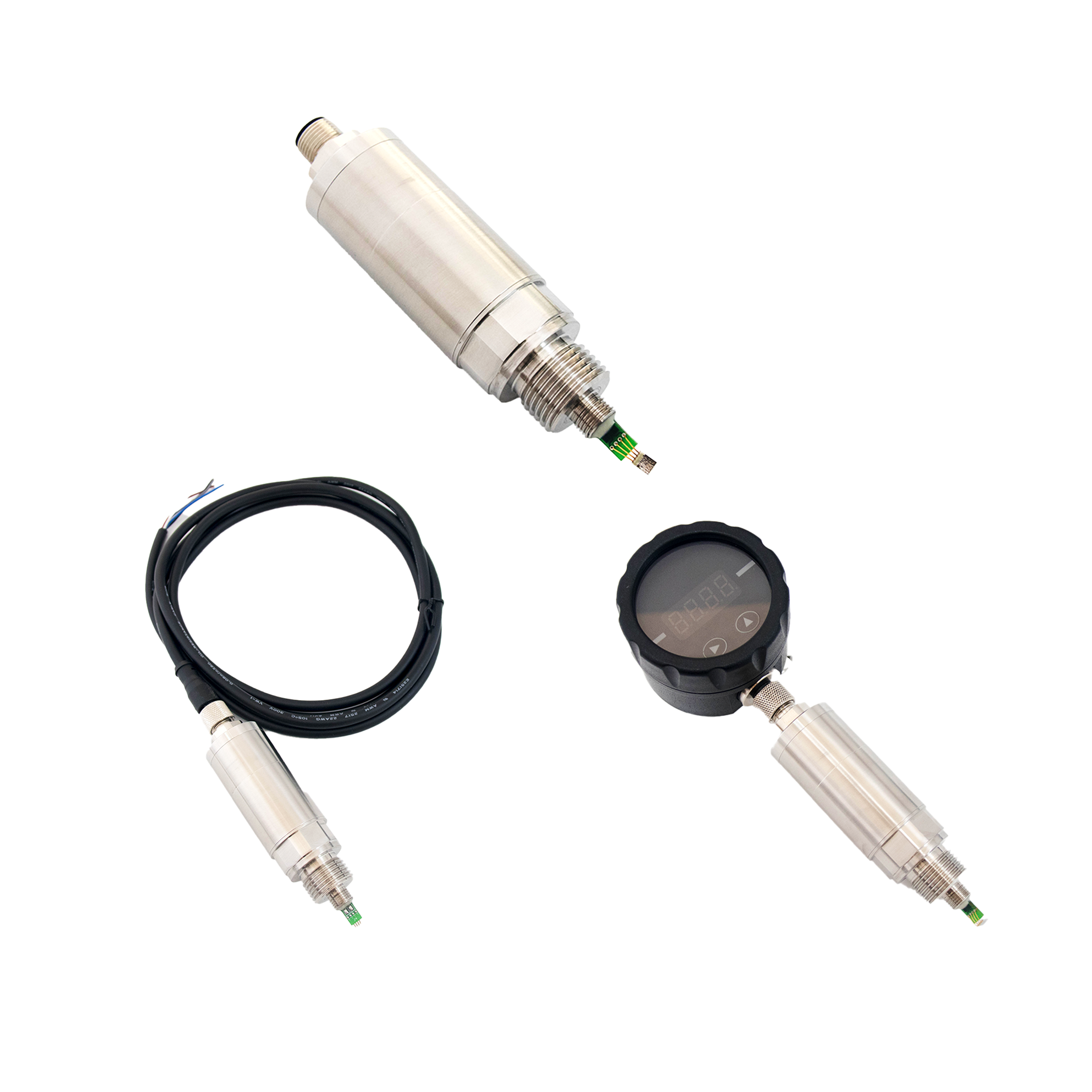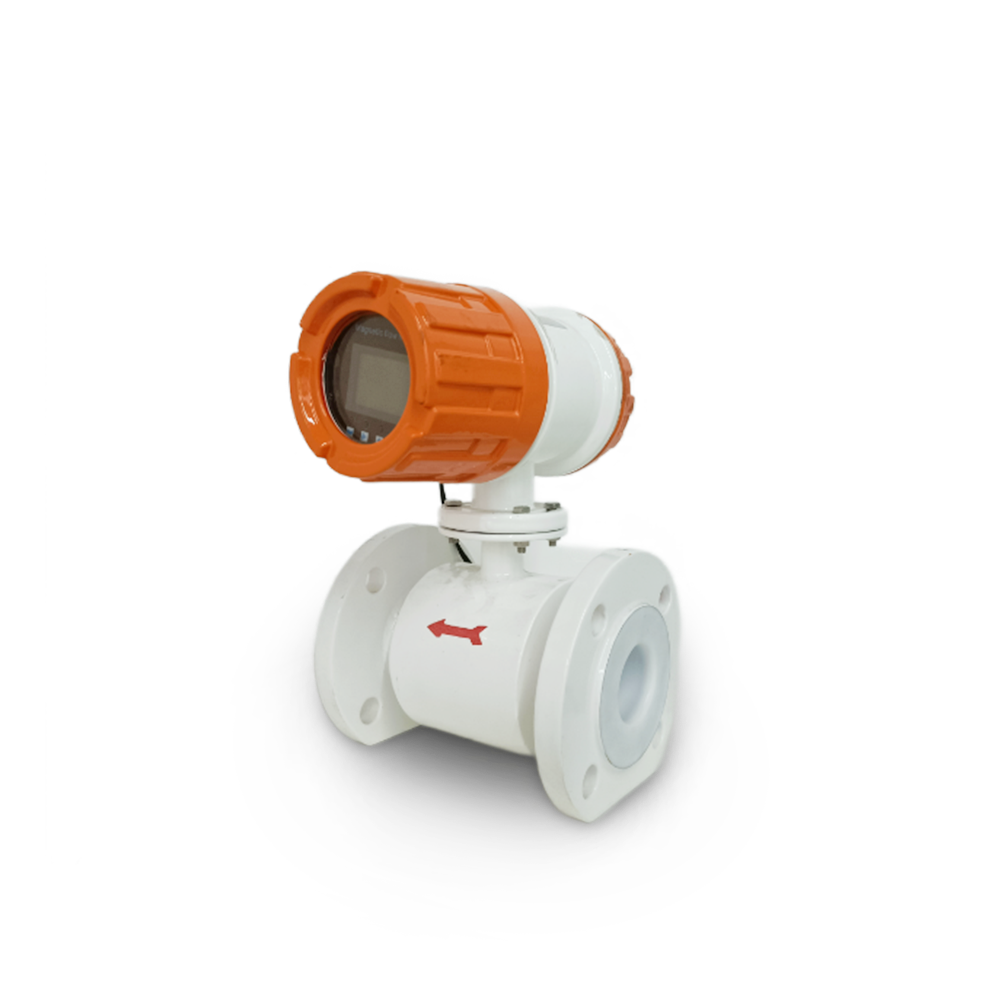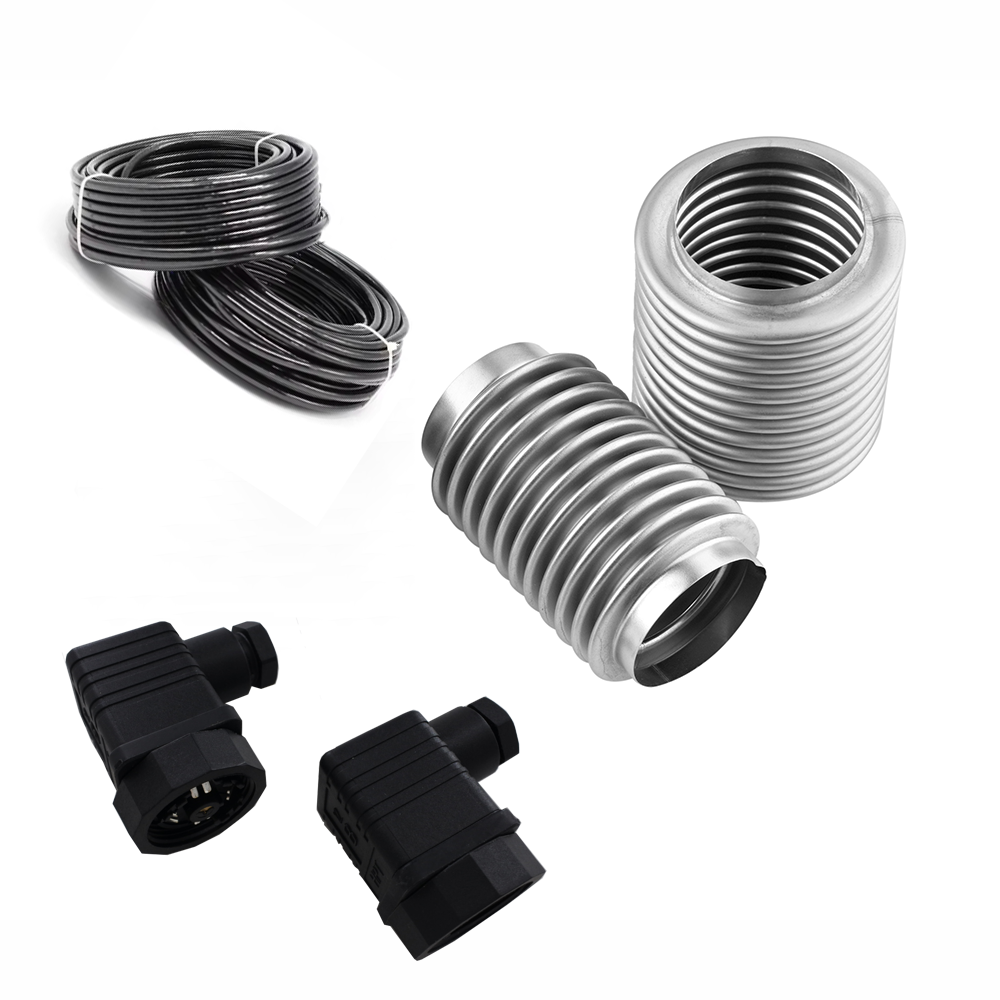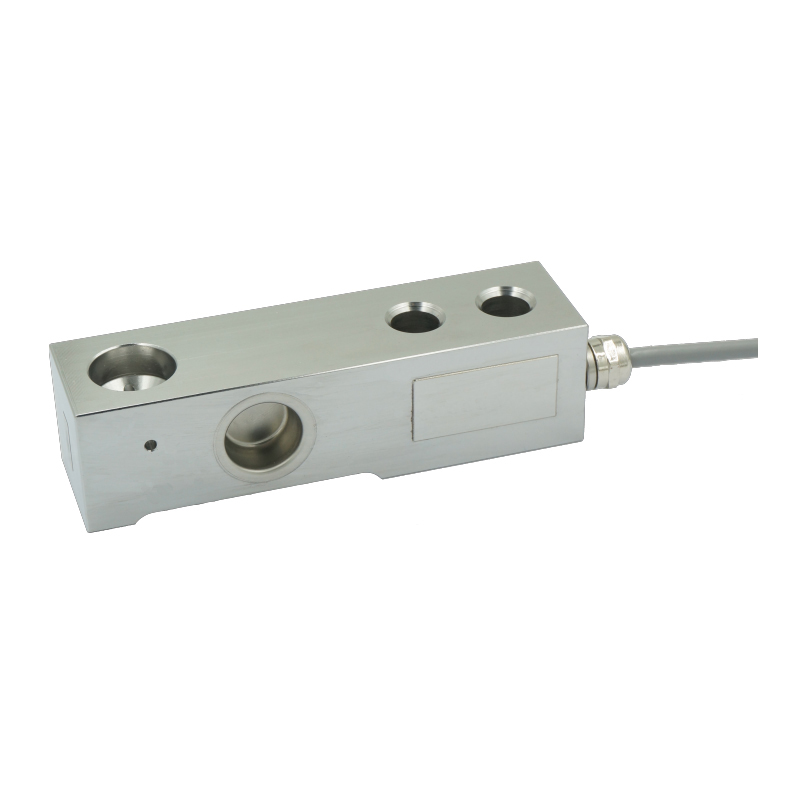Pressure Sensors in Low-Temperature Vacuum Crystallization Evaporators: Key Applications and Benefits
From: Issued date 2025.07.30 Back

In environments requiring precise control, such as low-temperature vacuum crystallization evaporators,pressure sensors play a critical role in industrial processes . These evaporators are widely used in industries like pharmaceuticals, food processing, and chemical manufacturing to concentrate solutions, recover solvents, and produce high-purity crystalline products.
In such applications, maintaining optimal pressure and temperature conditions is essential for efficiency and product quality. Pressure sensors ensure accurate monitoring and control, preventing process deviations that could lead to product loss or equipment damage.
How Low-Temperature Vacuum Crystallization Evaporators Work
Vacuum crystallization evaporators operate under reduced pressure to lower the boiling point of liquids, enabling gentle evaporation at lower temperatures. This is crucial for heat-sensitive materials, such as:
- Pharmaceutical compounds (e.g., antibiotics, vaccines)
- Food products (e.g., fruit juices, dairy concentrates)
- Specialty chemicals (e.g., fine chemicals, polymers)
The process involves:
1. Vacuum generation – Reducing pressure inside the evaporator.
2. Controlled heating – Applying minimal heat to induce evaporation.
3. Crystallization – Cooling the concentrate to form solid crystals.
4. Separation – Isolating crystals from the remaining liquid.
Pressure sensors are vital in maintaining the required vacuum levels and ensuring stable operating conditions.
Key Applications of Pressure Sensors in Vacuum Crystallization Evaporators
1. Vacuum Level Monitoring and Control
Pressure sensors continuously measure the internal pressure of the evaporator, ensuring it remains within the optimal range for efficient evaporation. Sudden pressure fluctuations can disrupt crystallization, leading to inconsistent product quality.
2. Leak Detection
Even minor leaks can compromise vacuum integrity, increasing energy consumption and reducing efficiency. Pressure sensors detect abnormal pressure changes, triggering alarms or automatic shutdowns to prevent process failures.
3. Process Automation and Optimization
Modern evaporators integrate pressure sensors with programmable logic controllers (PLCs) for real-time adjustments. Automated pressure control enhances energy efficiency and reduces manual intervention.
4. Safety Assurance
Operating under extreme vacuum conditions poses risks such as implosion or overheating. Pressure sensors provide critical safety monitoring, ensuring the system remains within safe operational limits.
5. Data Logging and Compliance
In regulated industries (e.g., pharmaceuticals), pressure sensors record process data for compliance with Good Manufacturing Practices (GMP) and other standards.
Choosing the Right Pressure Sensor for Vacuum Crystallization
Selecting an appropriate pressure sensor for low-temperature vacuum applications requires considering several factors:
1. Measurement Range and Accuracy
- Absolute pressure sensors are preferred for vacuum applications, measuring pressure relative to a perfect vacuum (0 psi absolute).
- High accuracy (±0.1% or better) ensures precise control.
2. Temperature Resistance
Since evaporators operate at low temperatures (sometimes below -50°C), sensors must withstand thermal stress without drift.
3. Material Compatibility
- Stainless steel or Hastelloy bodies resist corrosion from aggressive chemicals.
- Diaphragm seals protect sensitive components from process media.
4. Output Signal and Connectivity
- Analog (4-20mA, 0-10V) for traditional systems.
- Digital (RS485, Modbus, IO-Link) for smart factory integration.
5. Long-Term Stability and Maintenance
- Ceramic or thin-film sensors offer excellent long-term stability.
- Self-diagnostic features reduce downtime.
Emerging Trends in Pressure Sensor Technology
1. Smart Sensors with IoT Integration
Wireless pressure sensors enable remote monitoring and predictive maintenance, reducing operational costs.
2. Miniaturization and MEMS Technology
Micro-electromechanical systems (MEMS) allow for compact, high-performance sensors suitable for portable or modular evaporators.
3. Advanced Coatings for Harsh Environments
New protective coatings enhance durability in corrosive or ultra-low-temperature conditions.
4. AI-Driven Process Optimization
Machine learning algorithms analyze pressure data to optimize evaporation cycles, improving yield and energy efficiency.
Pressure sensors are indispensable in low-temperature vacuum crystallization evaporators, ensuring precise control, safety, and efficiency. As industries demand higher automation and smarter processes, advancements in sensor technology will continue to enhance performance and reliability.
When selecting a pressure sensor for such applications, factors like accuracy, temperature resistance, and connectivity must be carefully evaluated. With the right sensor, manufacturers can achieve consistent product quality, regulatory compliance, and cost-effective operations.
This article Tags: pressure sensor pressure transmitter
Back to List
